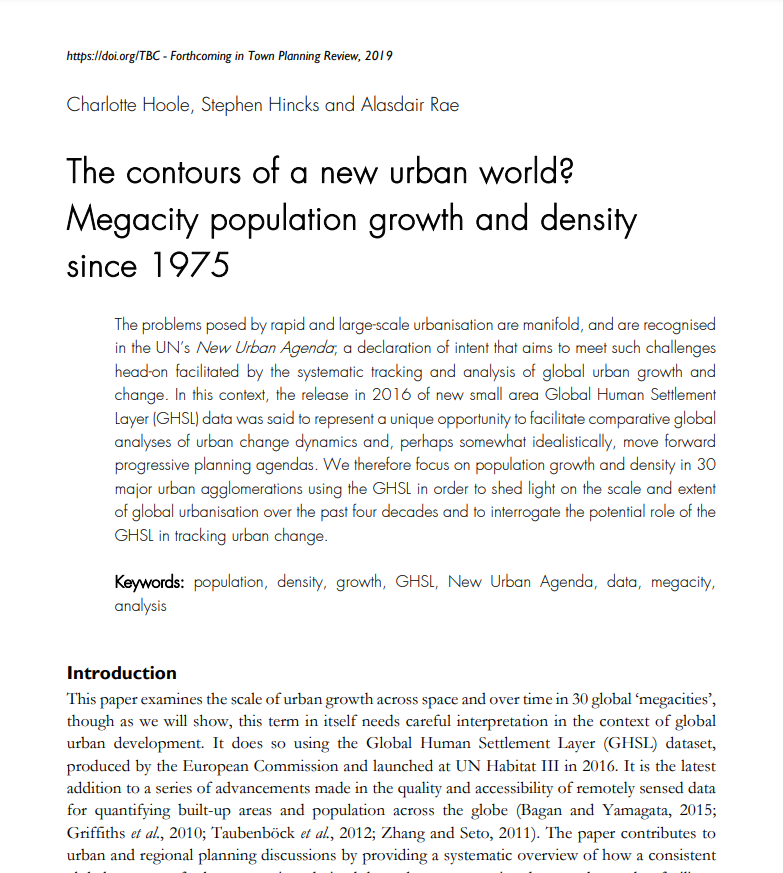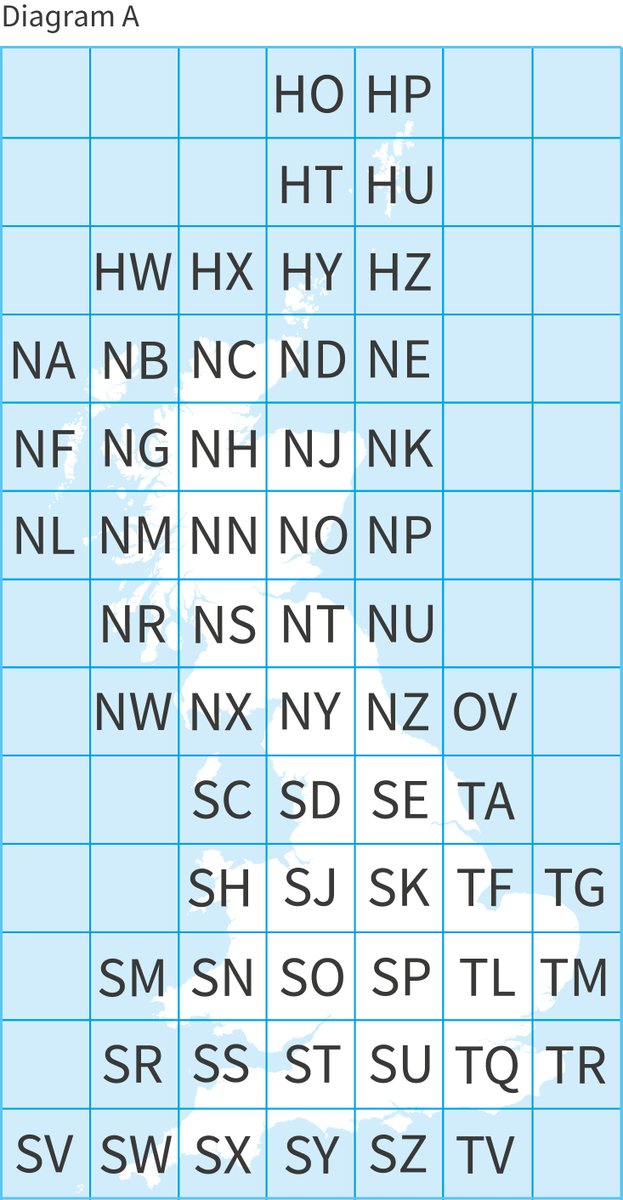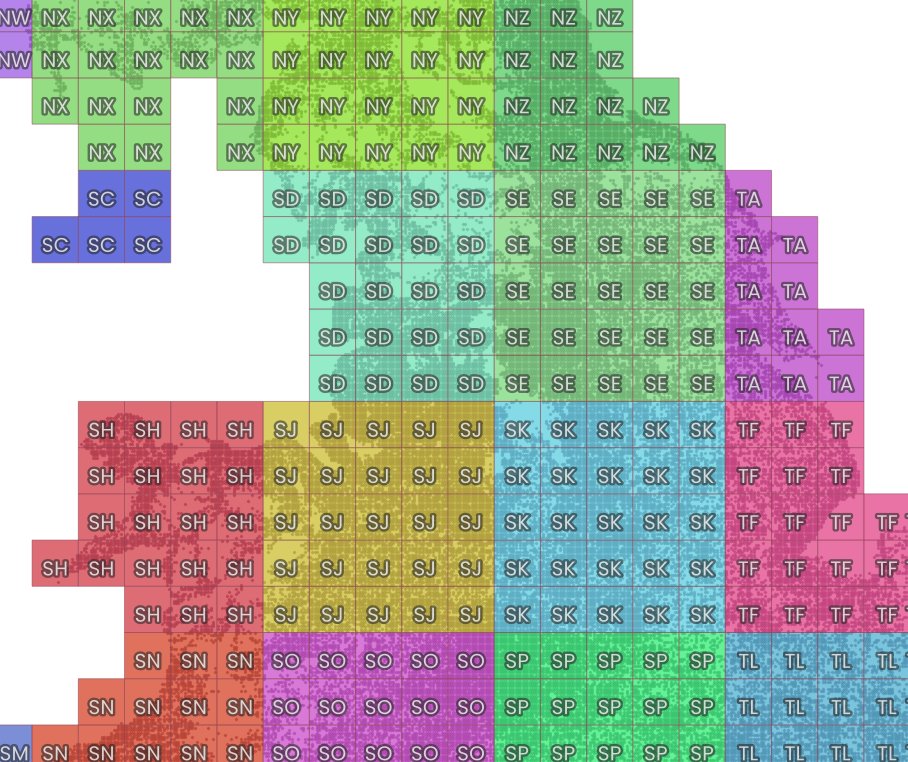
Just catching up on the latest in functional economic geography news
"A boundary commission should propose adjustments that reflect economic reality." 🥳
"A boundary commission should propose adjustments that reflect economic reality." 🥳

although my preference would be to add a fuzzy 'maybe zone' to the edge of these kinds of maps to reflect the reality of commuter reality 

and then followed by loads of 'that CAN'T be right, that's crazy!' checking of the maybe zone on Google maps at which point you realise it probably is right, or close enough 



yes, there is much to be said for reading earlier tomes, and looking at the lovely maps, so I'll add my earlier thread on some of it here too
https://twitter.com/undertheraedar/status/1096026195387445248?s=20
our local copies of the original, which I kept in my office for a while (their combined weight caused only a small amount of subsidence but it was worth it) 

• • •
Missing some Tweet in this thread? You can try to
force a refresh



















